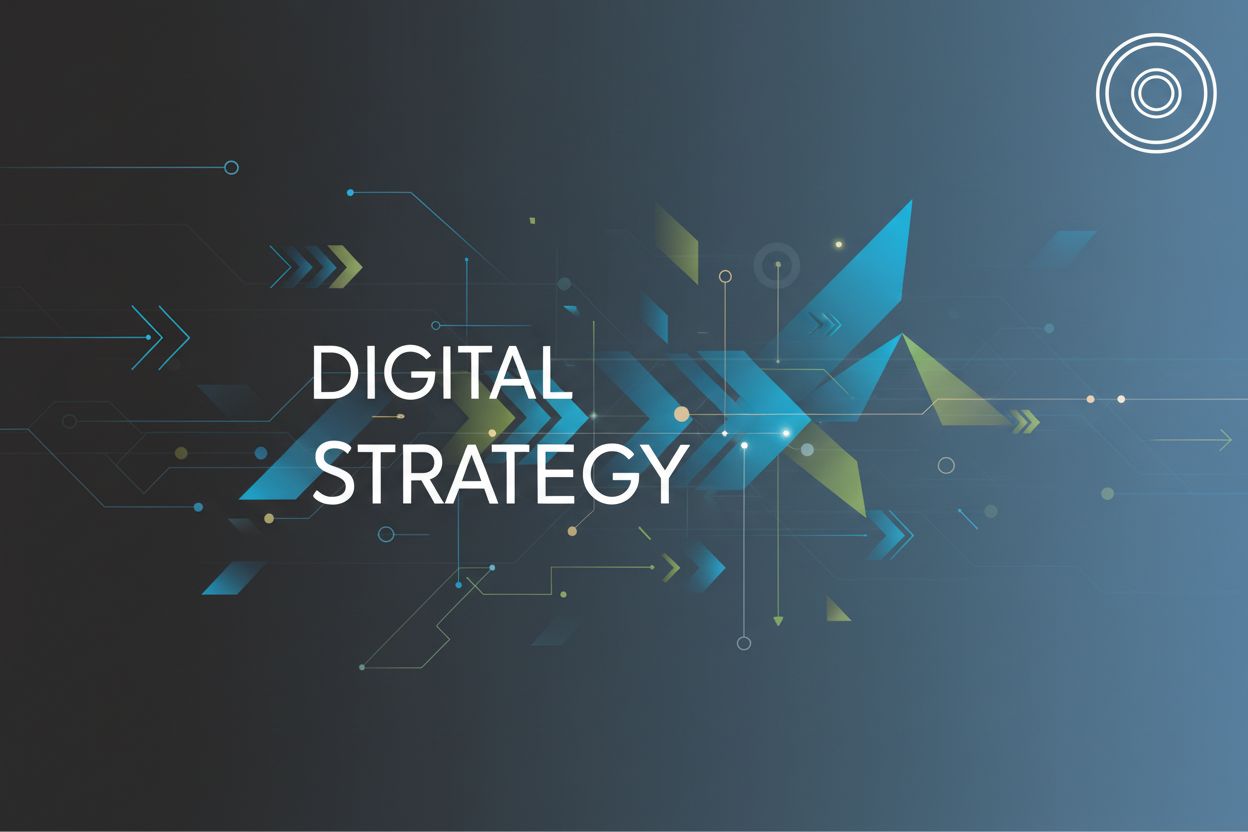Mastering the Digital Marketing Strategy Framework for Optimal Results
TL;DR
Understanding Digital Marketing Strategy Frameworks
Okay, so you wanna dive into digital marketing strategy frameworks? It's like, you wouldn't build a house without a blueprint, right? Same deal here.
Basically, a digital marketing strategy framework outlines your whole marketing flow. It's not just about what your ads say, but how you connect with people and guide them. The framework helps bridge the gap between what folks are doing—their "buying signals"—and what your ads say. Think of it as the skeleton of your whole digital marketing operation. You can align all your marketing efforts with your overarching business objectives.
- A good framework will give your team clarity and direction. It's all about simplifying the complex into something visual and easy to grasp, like mapping out customer journeys or understanding market dynamics.
- You'll be able to prioritize tasks and allocate resources way more effectively. It's about focusing on whats important.
- It also enables better measurement and optimization, so you can actually see what's working (and what isn't).
According to Mastering Organizational Strategy Frameworks for Digital Marketing Success, a strong framework helps you structure efforts, prioritize tasks, and ensure marketing moves align with business goals.
Next, let's dig into why these frameworks are so important for digital marketing.
Popular Digital Marketing Strategy Frameworks: An Overview
Okay, so frameworks, right? It's easy to get lost in all the options. But don't sweat it, there are some classics that keep popping up, and they're popular for a reason.
You've probably heard of SWOT analysis before. It's like, the OG of business frameworks. It's all about figuring out whats going well (strengths), what's not (weaknesses), what could go well (opportunities), and what could screw you over (threats).
- It forces you to look both inward and outward. What are we good at? Where do we suck? What's happening in the digital market? What new social media trends are emerging?
- It's used everywhere, from small startups to huge corporations.
- Plus, it's a great way to get everyone on the same page; especially when you're trying to set strategic objectives.
Then there's pESTLE analysis. It's like SWOT on steroids, but focused only on the external stuff. You're looking at Political, Economic, Social, Technological, Legal, and Environmental factors. It's a way to get a grip on the macro-environment.
- It's super useful for spotting trends and anticipating changes.
- It makes you think about stuff you might otherwise ignore, like upcoming data privacy regulations (GDPR, CCPA) or shifts in consumer attitudes towards online engagement.
- Helps you anticipate and respond to changes in the external landscape.
Finally, there's Porter’s Five Forces. This framework focuses on industry competition and profitability. It looks at:
- The threat of new entrants (e.g., low barrier to entry for new e-commerce stores)
- The bargaining power of suppliers and buyers (e.g., price comparison websites)
- The threat of substitutes (e.g., shift from paid ads to organic content)
- Rivalry among existing competitors (e.g., intense competition for keywords in search advertising)
It's all about figuring out where you stand in the food chain, and how to protect your turf.
The RACE Framework and SOSTAC Model
The RACE Framework is pretty cool, right? It's not just about running ads; it's about guiding customers through a journey.
- Think of Reach as your digital welcome mat—getting people to notice you in the first place.
- Act is all about sparking interest; getting them to actually do something on your site or app, like clicking on an article or watching a video.
- Then Convert, which is kinda self-explanatory: turning that interest into sales!
- Finally, Engage is about keeping 'em coming back for more.
It's, like, a customer-centric approach that uses data to make smart decisions. That's the key!
The SOSTAC® model is another popular one, and it's great for planning. It stands for:
- Situation: Where are we now? (Analysis of current performance, market, etc.)
- Objectives: Where do we want to be? (Setting SMART goals)
- Strategy: How do we get there? (The overall plan)
- Tactics: How exactly do we get there? (The specific actions)
- Action: Who does what, when, and how? (Implementation details)
- Control: Did we get there? (Measurement and evaluation)
It's a really solid way to structure your thinking from start to finish.
Implementing Digital Marketing Frameworks Effectively
So, you've got all these frameworks... now what? It's like having a bunch of fancy tools but not knowing how to build a house.
First off, you gotta conduct a situational analysis. That means using a SWOT, PESTLE, or the 5 Cs (Customer, Company, Competitors, Collaborators, Context). It's like taking stock of your resources and the lay of the land. What are you good at? What sucks? What's out there that can help or hurt you?
Next, set SMART objectives. You know, Specific, Measurable, Achievable, Relevant, and Time-bound. Vague goals are useless. It's gotta be something you can actually hit.
Then, develop a strategy based on your framework. Don't just pick any framework; pick one that fits your goals. It's about finding the right tool for the job.
Say you're a healthcare provider trying to boost patient engagement. You might use the RACE framework to reach potential patients, get them to act by scheduling appointments, convert them into regular clients, and engage them with ongoing support. Or maybe you're a retailer using Porter's Five Forces to understand your competitive landscape. If rivalry among existing competitors is high, you'd focus on unique value propositions in your ad copy and social media content to stand out. If the bargaining power of buyers is high due to price comparison sites, you might offer loyalty programs or bundles to encourage repeat purchases.
Implement your strategy and monitor progress. And here's the kicker: evaluate and adjust as needed. Things change! What works today might not work tomorrow. You gotta be ready to pivot.
Basically, it's a constant cycle. Analyze, plan, do, check, adjust. Keep at it, and you'll start seeing results.








